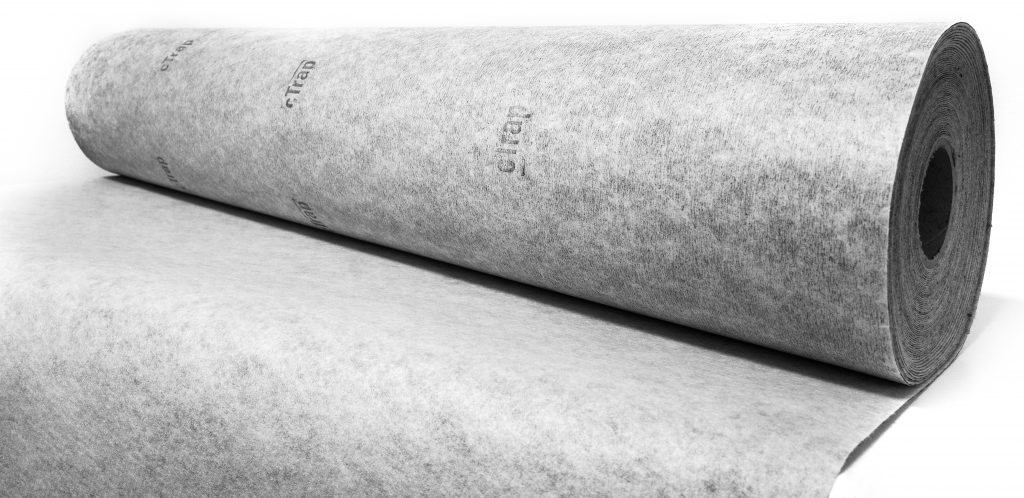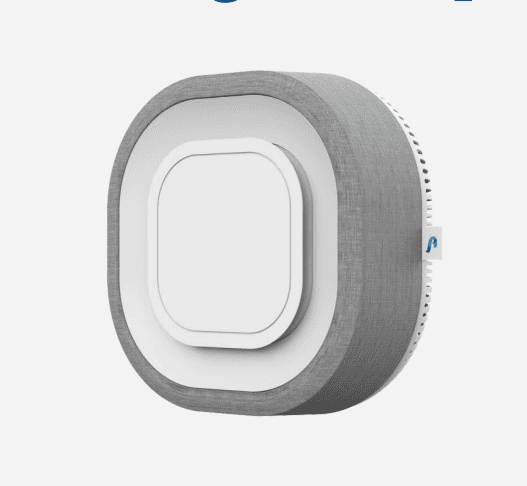Fabric that improves indoor air quality

Problem Addressed
Many people suffer from poor indoor air quality (IAQ) leading to health problems for the individual and high costs (sick leave, medical costs) for wider society. Awareness of the importance of IAQ and related symptoms is on the rise in the UK, where the incidence of asthma is among the highest in the world.
A common cause of poor IAQ is the spread of chemical and/or biological agents from the building itself into the indoor air. The problem is often, but not always, due to building moisture. How can we address symptoms of building related illnesses (BRI) such as asthma, skin and eye irritation, fatigue, concentration difficulties?
Case Study
Example case studies:
- A wooden house with a “summer cottage” mould-like smell indoors. The building had previously been treated with preservatives that, under moist conditions, form highly odorous chloroanisoles. The ceiling, walls and floor in the bedroom, but not living-room, were covered with cTrap. Tetrachlorophenol, trichloroanisole, and pentachloroanisole were detected in the air of the living-room, but only tetrachlorophenol was found in the bedroom, and in a concentration 93% lower than in the living room. The mouldy odour disappeared immediately following the cTrap installation.
- A building where a tar layer had been attached onto aconcrete slab, as moisture barrier. The air concentrations of polycyclic aromatic hydrocarbons (PAH) were 1726 ng/m3. The disturbing smell inside the building persisted even after the tar had been removed. The cTrap cloth was installed on about 75 percent of the wall surface, the smell disappeared, and the PAH concentration decreased to 139 ng/m3, a reduction of 92%.
- A townhouse where the tenants suffered from itching and headaches when at home. A PVC flooring had been glued onto the concrete slab which had become moist through diffusion of water from the ground. The air concentration of 2-ethylhexanol, a compound formed by hydrolysis of glue and/or phthalates, was 63 µg/m3. cTrap was attached onto the existing flooring, the air concentrations of 2-ethylhexanol decreased to 1.5 µg /m3, and the symptoms disappeared. The same low value was found in a follow-up study 6 years later – and the tenants still reported no symptoms.
This page presents data, evidence, and solutions that are provided by our partners and members and should therefore not be attributed to UKGBC. While we showcase these solutions for inspiration, to build consensus, and create momentum for climate action, UKGBC does not offer commercial endorsement of individual solutions. If you would like to quote something from this page, or more information, please contact our Communications team at media@ukgbc.org.
Related
Air quality sensing and monitoring

Tech to help organisations manage their sustainability goals.

Indoor air quality certification

All in one air filtration, disinfection and monitoring

